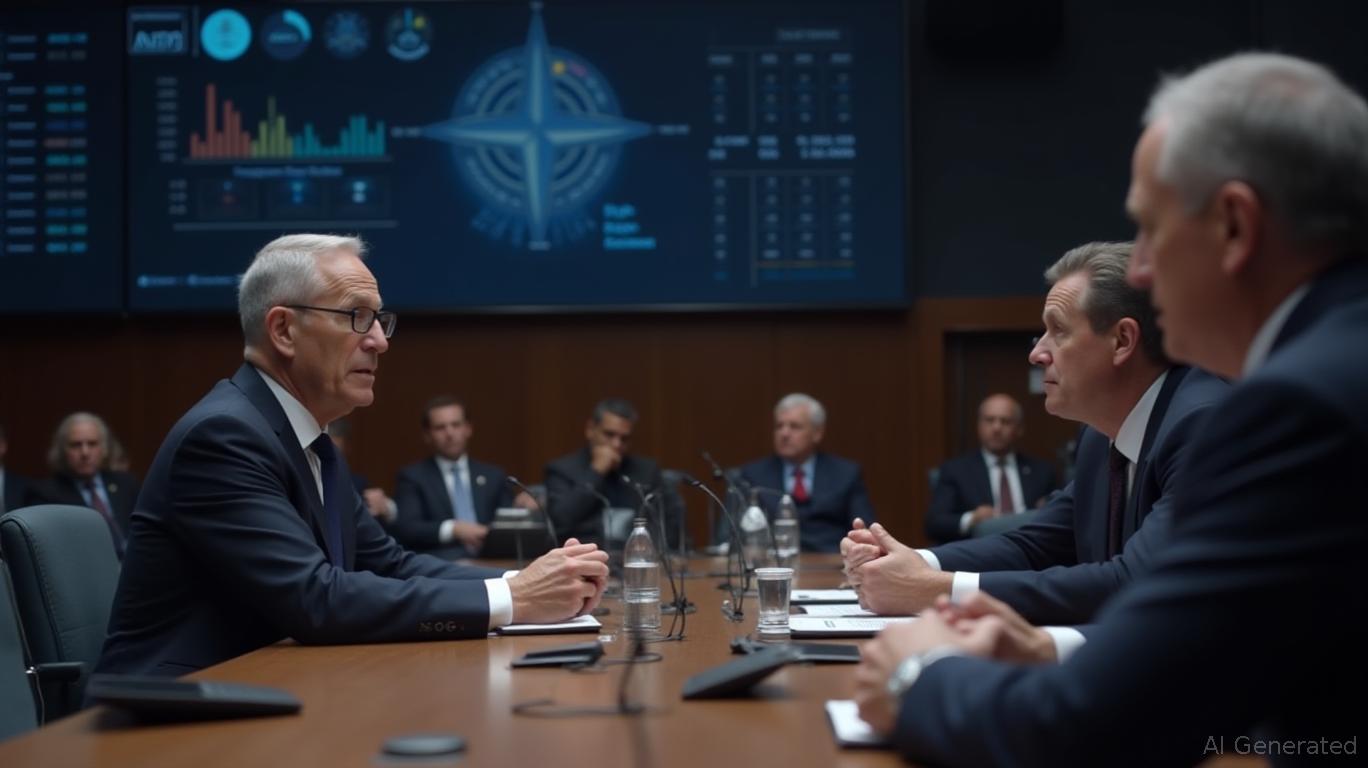Can Trump Force NATO Allies to Spend Up to 5% of GDP on Defense?
Thursday, Jan 23, 2025 7:54 am ET
As the geopolitical landscape shifts, with Russia's war on Ukraine escalating and tensions rising between the U.S. and China, the question of defense spending has once again come to the forefront. Former U.S. President and current presidential candidate Donald Trump has proposed that NATO allies should spend up to 5% of their GDP on defense, a significant increase from the current 2% target. But can Trump force the hand of NATO allies to meet this new spending target, and what would be the strategic implications for NATO's collective defense and deterrence capabilities?

In 2024, Poland's defense spending as a share of GDP was 4.12 percent, the highest among NATO member states. If Poland were to increase its spending to 5% of its GDP, it would represent a significant boost in defense spending. However, this would also put a substantial strain on the country's budget, potentially leading to cuts in other areas such as healthcare, education, and infrastructure. This could have negative consequences for Poland's society and economy, highlighting the potential risks and challenges associated with increased military spending.
Increased defense spending could enhance NATO's deterrence capabilities, as suggested by Trump. A higher spending target would encourage better burden-sharing among NATO allies, reducing the reliance on the United States for military spending. In 2024, the U.S. spends more than the rest of NATO combined, which could be addressed by increasing spending from other allies. Improved interoperability between NATO members would enhance the alliance's ability to respond to crises and conduct joint operations.
However, it is essential to consider the potential risks and challenges associated with increased military spending. Higher defense spending might lead to cuts in other areas, which could have negative consequences for NATO members' societies and economies. It is crucial to ensure that increased spending is invested wisely and effectively, focusing on modern capabilities and addressing critical gaps in NATO's defense and deterrence posture.
In conclusion, meeting Trump's proposed spending target of five percent of GDP on defense would have significant strategic implications for NATO's collective defense and deterrence capabilities. However, it is essential to consider the potential risks and challenges associated with increased military spending and ensure that resources are allocated effectively. The future of NATO's defense and deterrence capabilities will depend on the ability of its members to balance the need for enhanced military capabilities with the potential consequences of increased defense spending on their societies and economies.


_442a2dcc1749832873286.jpeg)
_e68fac6d1749831664430.jpeg)






